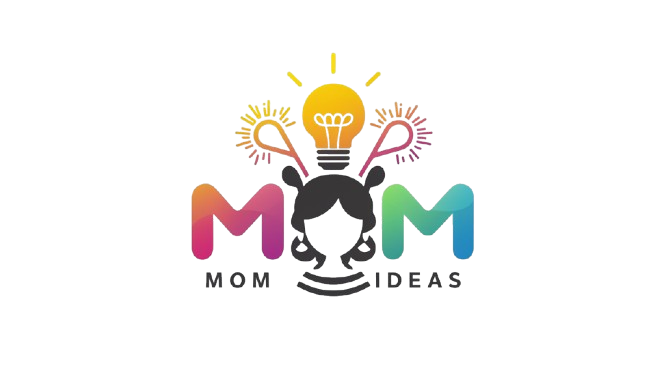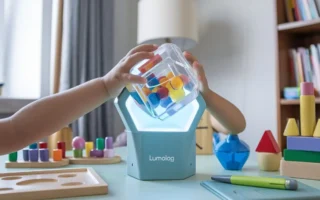Modern water damage restoration combines advanced technologies like moisture mapping, infrared imaging, and high-powered drying systems. These methods accelerate recovery while preventing mold growth and structural damage. Eco-friendly solutions and real-time monitoring ensure effective restoration, helping homeowners and businesses quickly return to normal with minimal disruption and long-term protection.
Introduction to Water Damage Restoration
Water damage restoration is a crucial process that involves restoring a property to its pre-loss condition, focusing on urgency and effectiveness. It consists in understanding the causes of water damage, such as severe weather conditions or appliance malfunctions, and responding promptly to mitigate further damage and reduce repair costs. Companies like Pure Restore offer innovative solutions for immediate damages and long-term prevention. Knowledge of current methods and technologies in water damage restoration is essential for informed decisions and for protecting property and health. By combining scientific understanding with cutting-edge technology, property owners can significantly reduce restoration times and costs while enhancing their property’s resilience to future incidents.
The Science Behind Water Damage
Water’s ability to permeate different materials poses a significant threat when damage occurs. It can compromise a building’s structural integrity and appearance by causing mold growth, metal to rust, and wood to decay. The environmental impacts of water damage are also considerable, as moisture can create favorable conditions for biological growth, affecting indoor air quality and contributing to health issues. Understanding the physical and chemical reactions of materials exposed to water is critical in effectively reversing damage and preventing further problems.
Advanced Techniques in Water Extraction
Modern water extraction equipment has advanced significantly, focusing on efficiency and thoroughness. High-powered submersible pumps and industrial-grade wet/dry vacuums allow for rapidly removing standing water. These innovations minimize the time and effort needed to remove water from affected areas, which is crucial in restoration. These tools can effectively handle large volumes of water and reach spaces that might otherwise remain soaked, such as behind walls and under floors, thus preventing secondary damage from prolonged exposure to moisture.
Cutting-edge Technology in Drying and Dehumidification
In the critical drying phase, advanced devices such as air movers, axial fans, and high-efficiency dehumidifiers play a crucial role. Air movers boost airflow to help evaporate water from wet items, while dehumidifiers eliminate surplus moisture from the air. Moreover, technology such as thermal imaging and moisture meters pinpoint areas of concern that might not be visible, ensuring no hidden pockets of moisture are left. Innovations in this domain continue to evolve, with advancements pushing towards even faster and more effective moisture removal processes. Learn more about these innovations in dehumidification technology that aid in comprehensive restoration efforts.
Mold Prevention and Remediation Strategies
Since mold may grow 24 to 48 hours after exposure to water, preventing it is crucial to restoration procedures. Effective strategies encompass controlling moisture levels, conducting thorough inspections, and deploying air scrubbers that filter spores from the air. When mold does form, professional remediation involves methods like HEPA (High-Efficiency Particulate Air) vacuuming and antimicrobial treatments, ensuring not just the removal of existing mold but also preventing its recurrence. Additionally, residents should take precautions by checking for possible moisture-prone locations and ensuring enough ventilation.
Sustainable Practices in Restoration
As sustainability becomes increasingly significant across industries, incorporating eco-friendly practices in water damage restoration has become more common. This includes utilizing biodegradable cleaning solutions, recycling demolished materials, and opting for energy-efficient equipment. These methods lessen their environmental impact and satisfy customers’ rising demand for sustainable and ethical products. These methods can contribute to healthier living environments and are a win-win for the service providers and clients.
Benefits of Professional Water Damage Restoration Services
Hiring professional water damage restoration services offers many benefits beyond simply drying out a building. Experts bring specialized knowledge and experience that ensure holistic and efficient restoration. Also, professionals can often save more property and personal items than an untrained individual might, leading to substantial savings. Most importantly, they understand how to properly document the process, which can be invaluable for insurance purposes, ensuring that claims are processed smoothly and quickly.
Future Trends in Water Restoration
Technological advancements that promise to streamline and enhance restoration processes are driving the future of water damage restoration. One area of emphasis is integrating machine learning and artificial intelligence systems to forecast possible water damage concerns, increase diagnostic precision, and optimize resource allocation. Smart home technologies are also expected to revolutionize damage prevention through real-time monitoring and alert systems. As these technologies become more prevalent, they will likely enable a more proactive approach to water damage management, reducing its frequency and severity.




